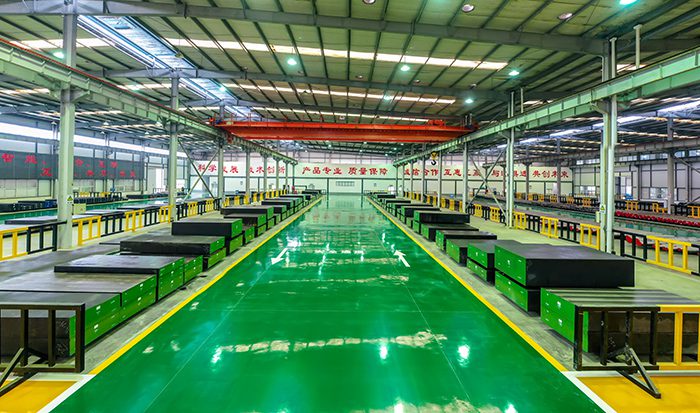In the vast and ever-evolving realm of metallurgy, special steel stands as a testament to the industry’s journey from tradition to cutting-edge innovation. This blog embarks on a historical exploration, tracing the roots of special steel and unveiling the transformative technologies that have propelled it into a realm of unparalleled strength, durability, and versatility.
The Foundations of Special Steel: Special steel’s story begins with the foundational principles of metallurgy. As a distinct category, it emerged to address the need for materials with exceptional properties—beyond the scope of conventional steel. Early craftsmen and metallurgists laid the groundwork, recognizing the potential for alloys that could withstand extreme conditions and deliver superior performance.
Metallurgical Milestones: The evolution of special steel is marked by key metallurgical milestones. From the introduction of alloying elements to the development of heat treatment processes, each advancement played a crucial role in enhancing the material’s properties. These milestones laid the foundation for the specialized alloys we know today.
From World Wars to Industrial Revolutions: Historically, special steel gained prominence during times of conflict and industrial expansion. Its role in manufacturing weapons, machinery, and infrastructure during world wars propelled it to the forefront of technological innovation. Post-war industrial revolutions further fueled the demand for specialized alloys, leading to a diversification of applications.
Technological Transformations: The late 20th century witnessed a technological revolution that profoundly impacted the production and properties of special steel. The advent of advanced analytical techniques, such as spectrometry and crystallography, enabled precise control over alloy compositions. Computer-aided design (CAD) and simulation tools allowed engineers to model and optimize steel properties before physical production.
Alloy Design for Specific Applications: In the 21st century, alloy design has become a sophisticated science. Special steel is no longer a one-size-fits-all solution; it is tailored for specific applications. Whether it’s high-speed tool steel for cutting applications or corrosion-resistant stainless steel for harsh environments, alloys are designed to excel in their intended roles.
Nanotechnology and the Future: As we look toward the future, nanotechnology is emerging as a frontier in special steel innovation. The manipulation of materials at the atomic and molecular levels opens new possibilities for enhancing strength, hardness, and other critical properties. Nanocomposites and nanocrystalline structures are paving the way for the next generation of high-performance special steel.
Sustainability in Special Steel Production: In the contemporary landscape, the evolution of special steel is not only about performance but also about sustainability. Innovations in recycling processes and environmentally conscious production methods are shaping a greener future for the industry.
Conclusion: From its humble beginnings rooted in tradition to the forefront of technological innovation, the evolution of special steel mirrors the resilience and adaptability of the metallurgical industry. As we stand at the intersection of history and progress, special steel continues to be a symbol of strength, durability, and the endless possibilities that unfold when tradition meets innovation.

